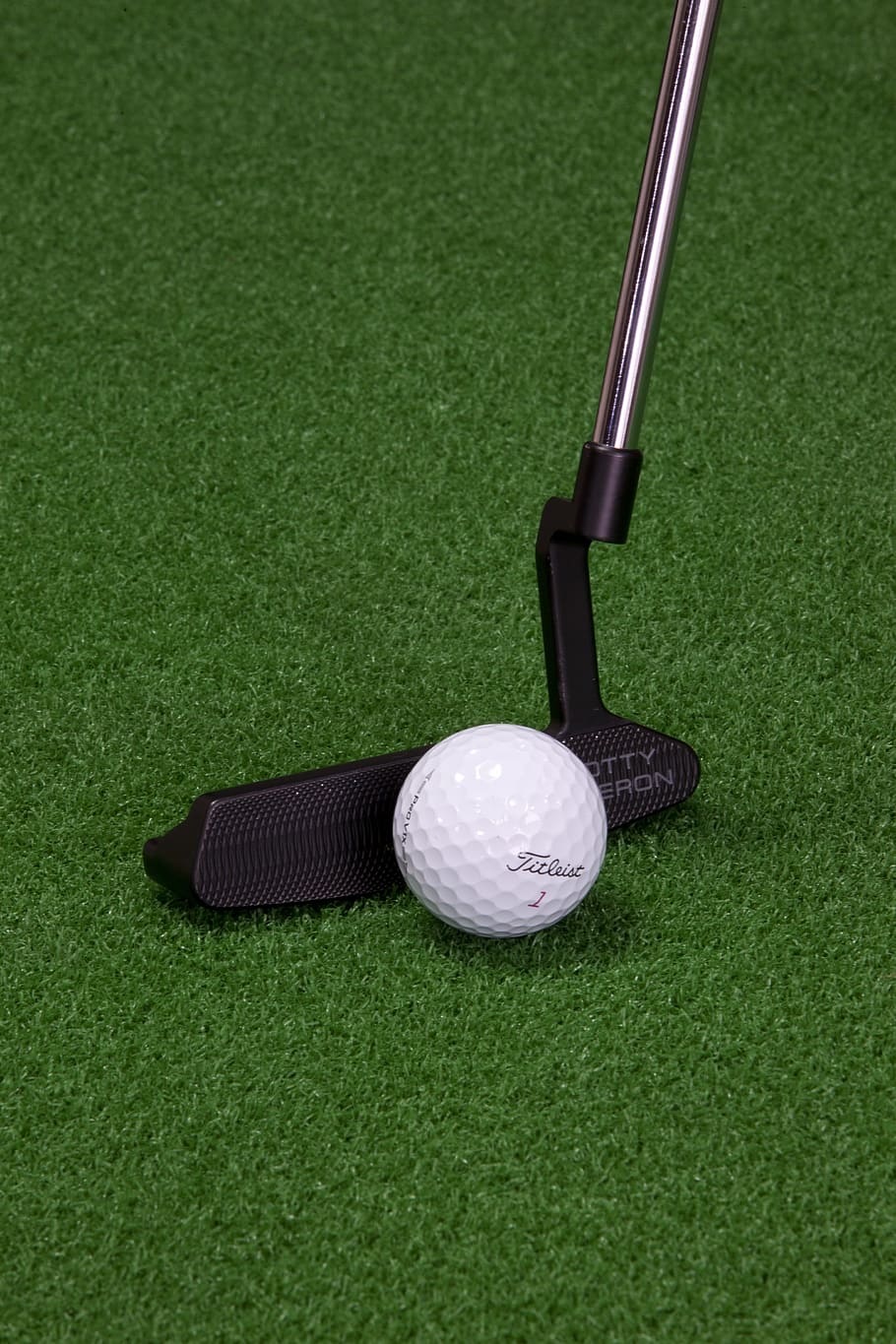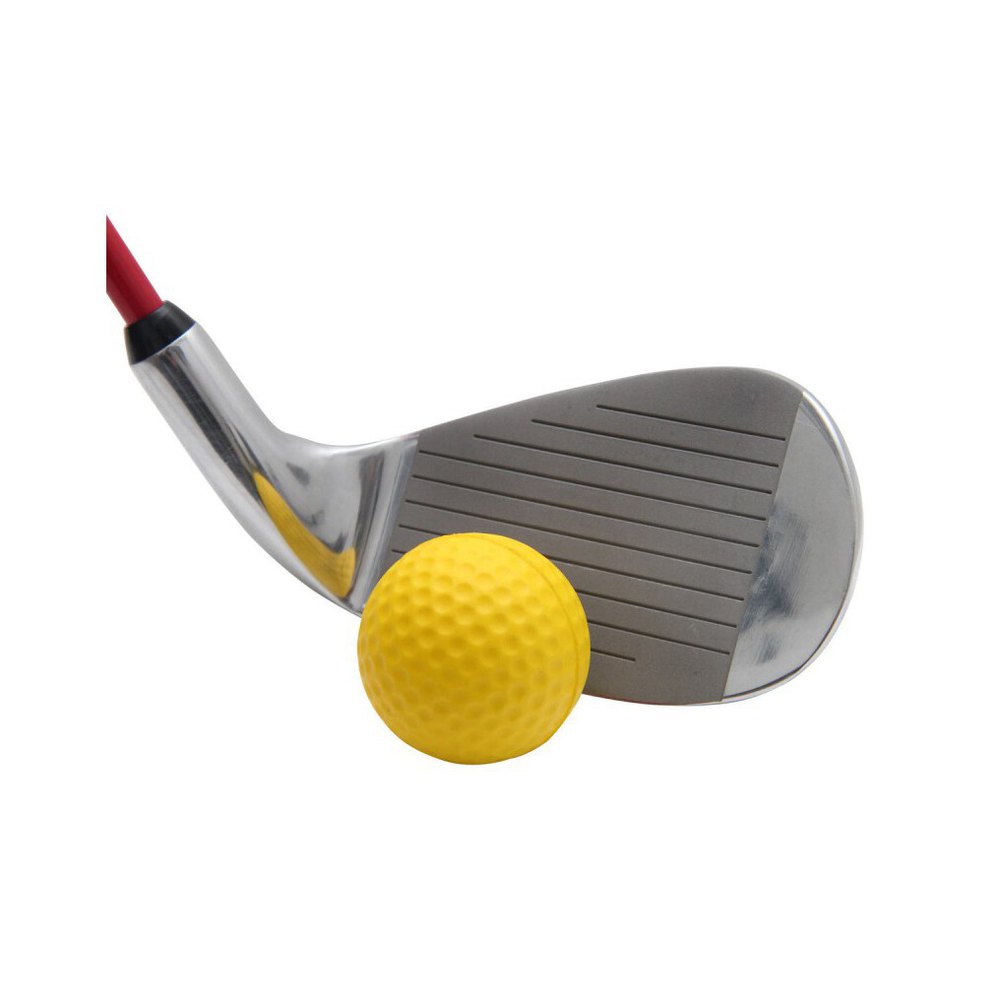There are many types of golf clubs. They differ from each other in purpose and design.
We will help novice athletes to understand the assortment and tell:
- What are the types of golf clubs?
- how they differ from each other;
- and for what purposes are used by golfers.
Types of golf clubs
There are 4 main types of golf clubs.
- Woods.
- Irons.
- hybrids.
- Pattens.
Let’s talk about each in detail.
Types of clubs and their description
In the 30s. the players used so many clubs that the caddies suffered under the weight of 25 clubs, which had to be carried in huge bags. It was then that Royal and Ancient, as well as the United States Golf Association, came to an agreement on a maximum of 14 clubs.

At the beginning of a career, beginners are advised to purchase half a set. This can be wood 3 plus wood 5 or 7, complemented by even or odd irons. If you want to follow this advice, look for a club that is sold as an independent inventory – this will allow you to add additional clubs to your half of the set as you grow in skill.
It is not necessary to have woods of the same model as the irons. However, it is recommended to purchase a set of matched irons that are similar in weight and balance.
Woods
These clubs got their name from the fact that they used to be made of wood. That time has passed. Woods are now made from titanium alloy. This type of club is designed for long range shots. The angles of impact surfaces vary from 7 to 15°.
Wood 1 is called the driver. It starts the game on each hole. With this club, you can send the ball to the farthest distance (more than 250 m). The 2 and 3 woods look the same, with smaller heads and increased impact angles. This increases the height of the ball, but reduces the range. Woods 2 and 3 are used in situations where the greens are still a long way off.
Typically rods are classified as follows: E – hard, I – regular men’s, A or rod for older golfers (suitable for older men and women with a high level of play or tall), and I – women’s.
Some rod types are listed in numbers, but your trainer can tell you how these numbers relate to regular male and female rods. Don’t use a hard rod unless you’re sure you can handle it.
Regular rods for men are suitable for almost all club players – men. Women’s club shafts are suitable for most women. Taller women who prefer longer rods are advised to use an older rod.
Drivers
Drivers are manufactured with club head impact angles from 7′ to 12′. While the professionals taking part in tournaments can be content with a 7′ angle.
Knowing the design of golf clubs will help you choose the ones that work best for you. Choose a stick with a comfortable shaft. In the case of the choice of iron, this is less important than with the choice of wood.
When you purchase a driver, you need to choose the right rod. If you use a rod that is too stiff, it will result in low height and deflection to the right. If the rod is too soft and flexible, it is difficult to control the direction of the ball.
Irons
Irons (Nos. 3-9) are lighter-looking, identical golf clubs with spade heads. The angles of inclination of their impact surfaces vary from 15 to 45°. With the help of such clubs, you can send the ball to a distance of 70 to 150 m.
The smaller the angle of inclination, the lower and further the ball will fly, and after landing it will also roll across the field. When approaching the holes, golfers use irons of higher numbers.

Wedges (special subspecies of irons)
They have even greater angles of inclination of the impact surfaces of the heads (45–64°). There are 4 types of wedges.
Pitching wedge. They are used when performing short hanging shots and for overcoming obstacles.
Sand wedge. Are intended for knocking out of balls from sand bunkers.
Lob wedge. This type of clubs are used by golfers for making accurate hanging shots, as well as knocking balls out of grass and sand.
Gap wedge. These clubs are intermediate between sand wedges and pitching wedges. The angle of inclination of the heads is 52°.
Hybrids
This is the name of clubs that occupy an intermediate position between woods and irons. Outwardly, these clubs resemble woods, and by weight they resemble irons. Hybrids are often used in place of irons in initial numbers (Nos. 3–5).
Patters
These are small golf clubs, shaped like a hammer. Putters perform finishing blows on greens. These clubs have the lightest heads.
What else you should know about golf clubs
When playing golf, golfers use sets of clubs called sets. Golfers select their composition individually. The standard set includes clubs of the following types.
Driver.
Woods 2 and 3.
Hybrid.
Irons 3-9.
Sand wedge.
Pitching wedge.
Patter.
